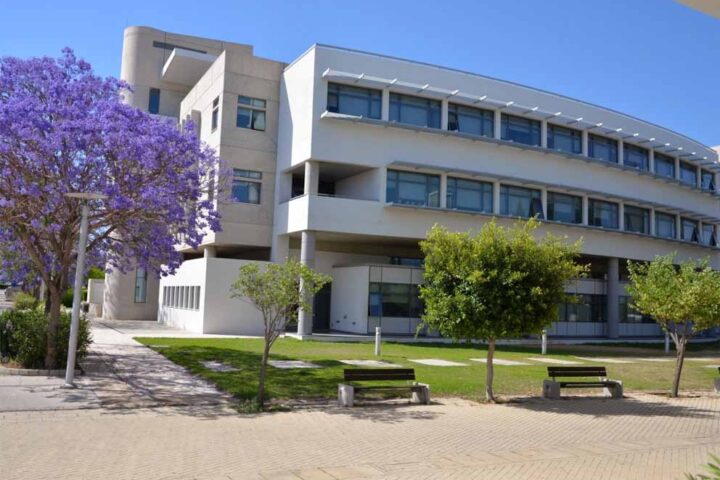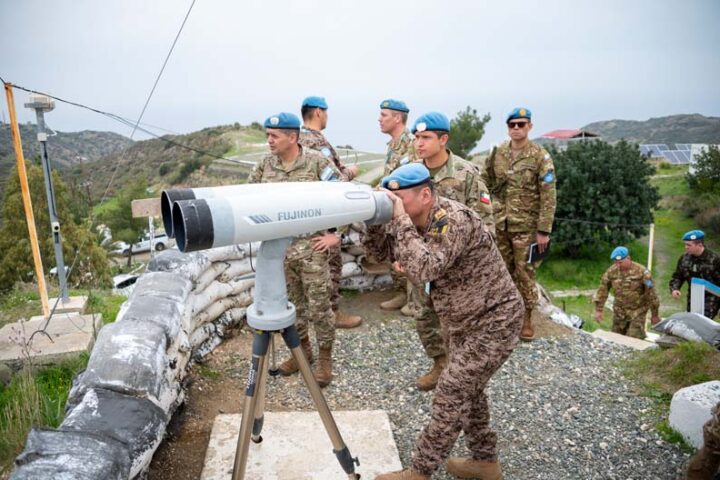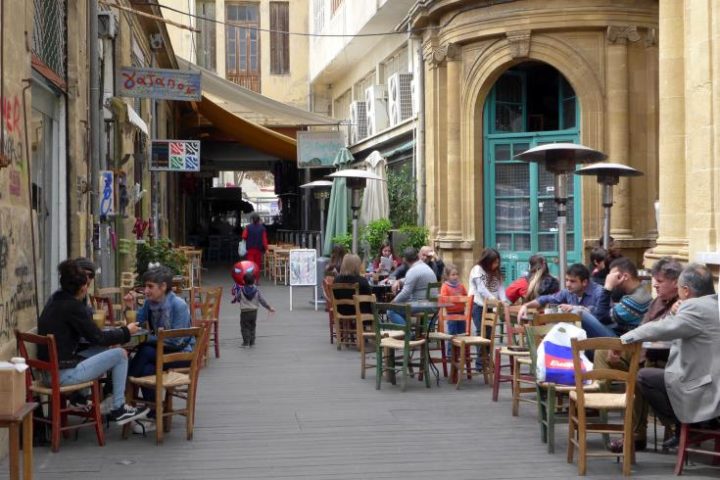Cyprus has the highest number of police officers in the EU with 573 per 100,000 people, according to Eurostat data released Friday.
On average, there were 318 police officers per 100,000 people in the EU in 2016, or one police officer for 314 people.
The number of police officers in the EU has slowly been decreasing in recent years. The EU had a total of 1.6 million police officers in 2016, a reduction of 3.4 % since 2009.
However, there are big differences between Member States: Hungary (90 police officers per 100,000 people in 2015), Finland (137), Denmark (186) and Sweden (203) had the lowest rates.
Cyprus (573), Malta (505), Greece (492) and Croatia (490) had the highest numbers.
Countries organise their law enforcement differently, according to national needs, resources and priorities.
Another difference between national figures is who exactly counts as police. For example, some special police units may be counted in different ways. The standard definition of police officers does not include clerks, maintenance staff and other employees who are not directly involved in typical police work.
Around one in five police officers is a woman, 21.1% of police officers and 50 % of judges in the EU were women in 2016. In 2008, only 16.7% of police officers were female.
Half of professional judges are women
There were around 86,000 professional judges in the EU in 2016, a figure that has remained relatively stable since 2008. In 2008, 45.9% of judges in the EU were women, a share that increased to 49.5% in 2016.
These figures merge all court levels; the proportion of women is, however, different between court levels. To illustrate this, in the United Kingdom, 20% of high court judges were women, compared with 31% of district judges, and 46 % of tribunal judges.
The difference between national justice systems is also reflected in the large variation in numbers of professional judges relative to the population size.
Croatia, Slovenia and Greece had 40 or more professional judges per 100,000 people, while France, the United Kingdom, Sweden, Czechia and Ireland had fewer than 10.
Number of prison staff fell
There were around 294,000 prison staff in the EU in 2016, following a downward trend since 2008. This reduction may have a number of causes. One factor to consider is the number of prisoners: in the EU in 2008 – 2016, the number of adult prisoners fell by 5 %.
One in four prison staff is female
The share of women as prison staff in the EU remained stable between 2008 and 2016, around 25 %. The number varies greatly between EU Member States, ranging from 47% in Denmark to 15.8% in Italy. Generally, the percentage of women varies greatly between occupations, such as guards, health personnel, teachers, etc. Results from the Labour Force Survey indicate that between 2008 and 2016 the proportion of female prison guards was around 20 % in the EU.
Government expenditure on courts stable
In the EU between 2007 and 2016, general government total expenditure for law courts (as a proportion of total expenditure) was stable, at 0.7%. The same figure for prisons was also stable, at 0.4%.
At the same time, the share in general government total expenditure for police services in the EU decreased from 2.2 % to 2%. Most police expenditure was compensation to employees (wages, salaries and employers' social contributions), at 78 % in the EU.







